Either-or questions with blanks - Either-or Question Creation
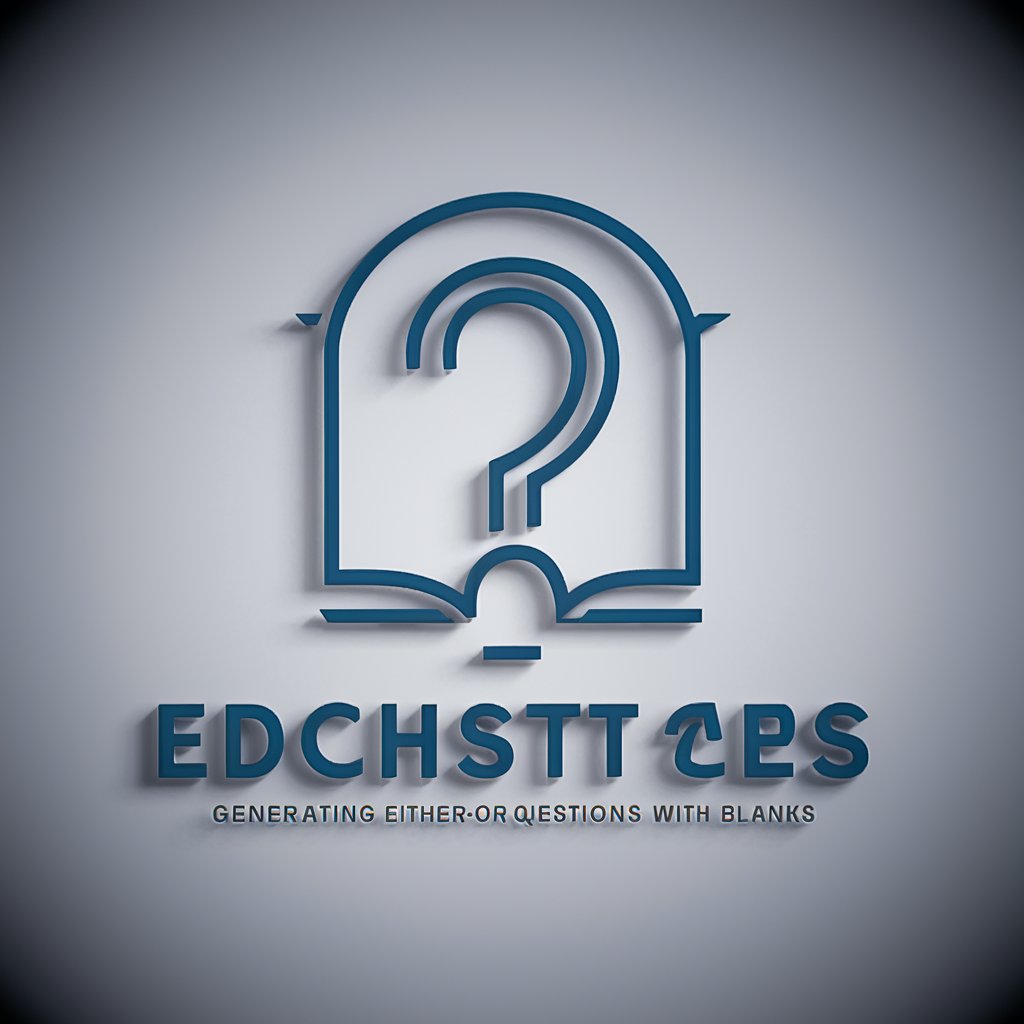
Welcome! Ready to tackle some either-or questions?
Engage and Educate with AI-Powered Choices
Is it better to Ⓐ(A/B) when considering the impact on Ⓑ(A/B)?
Which option Ⓒ(A/B) aligns more with Ⓓ(A/B) principles?
Should Ⓔ(A/B) be prioritized in Ⓐ(A/B) scenarios?
How does Ⓑ(A/B) influence the decision between Ⓒ(A/B)?
Get Embed Code
Introduction to Either-or Questions with Blanks
Either-or questions with blanks are a specialized type of inquiry designed to assess understanding, provoke thought, or facilitate learning by presenting a choice between two options, with one or more blanks to be filled in by the respondent. These questions are constructed by integrating blanks within a paraphrased text, where each blank is preceded by a circled alphabet and offers a choice between two options, such as Ⓐ(A / B). The paraphrase aims to retain the original meaning using synonyms, antonyms, and idiomatic expressions, catering to a specific level of language proficiency, in this case, level 12 learners. For example, in a text about environmental conservation, a question might be, 'To combat climate change, it's crucial to reduce Ⓐ(carbon emissions / water consumption) and embrace Ⓑ(renewable energy sources / non-renewable resources).' This format not only tests knowledge but also engages users in critical thinking and language skills. Powered by ChatGPT-4o。

Main Functions of Either-or Questions with Blanks
Assessment of Understanding
Example
In an educational context, assessing students' grasp of scientific concepts by asking them to choose between Ⓐ(hypothesis / theory) and Ⓑ(photosynthesis / respiration) in a sentence.
Scenario
Teachers use these questions in exams or quizzes to gauge students' understanding of key concepts, ensuring that the questions align with the curriculum's complexity.
Language Proficiency Testing
Example
For language learners, a question might be, 'To enhance vocabulary, one should Ⓐ(read extensively / speak extensively) and avoid Ⓑ(monolingual dictionaries / bilingual dictionaries).'
Scenario
Language testing organizations incorporate these questions into assessments to evaluate a candidate's ability to understand nuanced differences in language use.
Critical Thinking and Decision Making
Example
In corporate training, posing dilemmas such as 'Effective leadership requires Ⓐ(authoritative / democratic) decision-making and Ⓑ(autonomy / micromanagement) in team management.'
Scenario
Companies use these questions during workshops to stimulate critical thinking and discussion among employees about leadership styles and team management.
Ideal Users of Either-or Questions with Blanks Services
Educators and Trainers
Educators at various levels, from K-12 to higher education, and corporate trainers can use these questions to design assessments, quizzes, and training modules that challenge learners to think critically and make choices based on their understanding of the material.
Language Learners and Instructors
Language learners aiming to improve their proficiency, along with instructors seeking innovative ways to test and reinforce language skills, would find these questions valuable for practicing reading comprehension, vocabulary, and grammar in context.
Content Creators and Curriculum Developers
Those involved in creating educational content or developing curriculums can utilize these questions to craft engaging and interactive materials that facilitate active learning and assessment in a variety of subjects.

Guidelines for Using Either-or Questions with Blanks
Initiate your journey
Begin by heading to yeschat.ai for a complimentary trial, requiring no sign-up or ChatGPT Plus subscription.
Identify your objective
Determine the purpose of your either-or questions. Are they for educational purposes, decision-making, or enhancing creative writing? This clarity will guide the creation of your questions.
Craft your questions
Formulate either-or questions by integrating blanks within your text. Ensure the options are relevant and challenging yet clear, aiming for a balance between difficulty and learning effectiveness.
Test and refine
Pilot your questions with a small audience to gather feedback. Use this input to refine the questions, improving clarity, relevance, and the balance of challenge.
Utilize feedback for improvement
Incorporate the feedback received to enhance the questions. Continual refinement based on user interaction will optimize the effectiveness of your either-or questions with blanks.
Try other advanced and practical GPTs
Jitsu Armor
Empowering your creativity with AI

Copier Insights
Empowering Printing Decisions with AI

Vittor's Assistant
Streamlining Professional Communications with AI
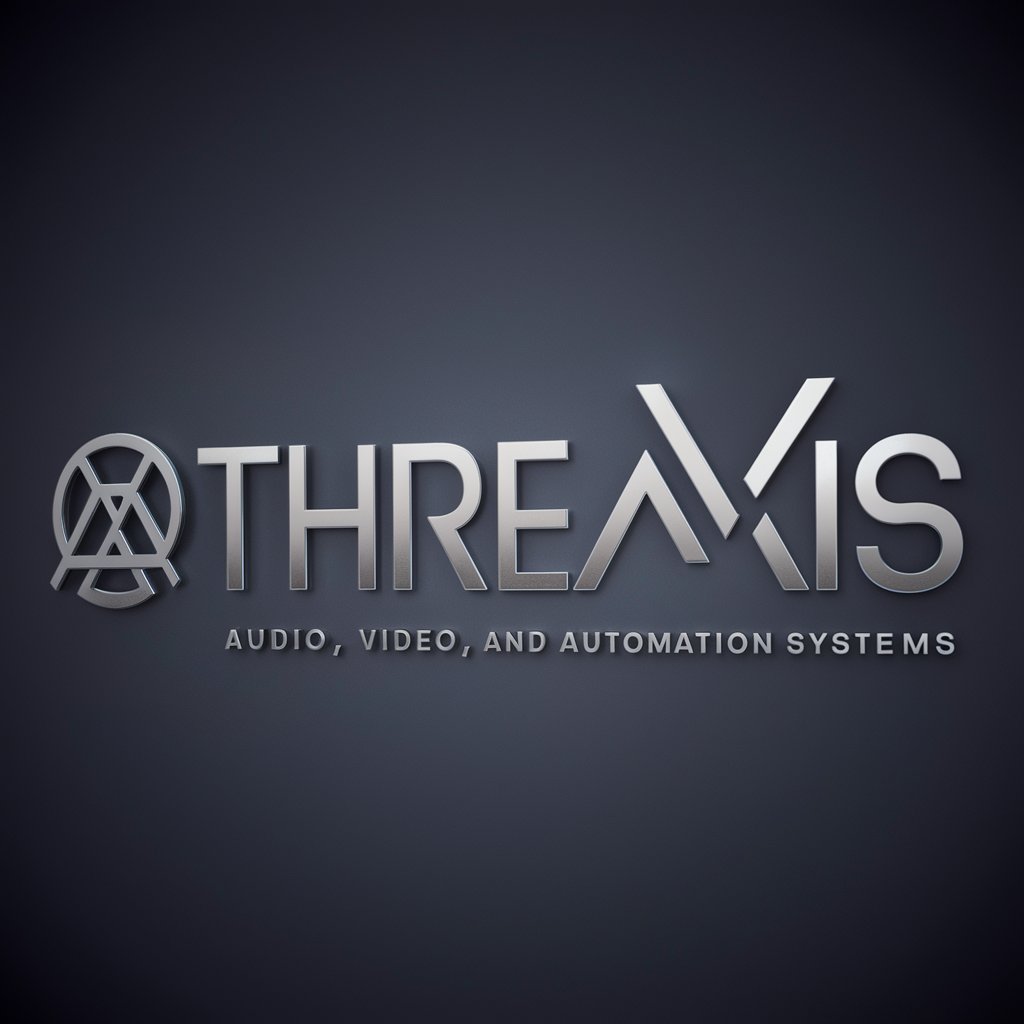
Shadows of Hollywood: The Black Dahlia Mystery
Solve the Black Dahlia Murder with AI

ACA Ads
Streamlining ACA Plan Promotion with AI
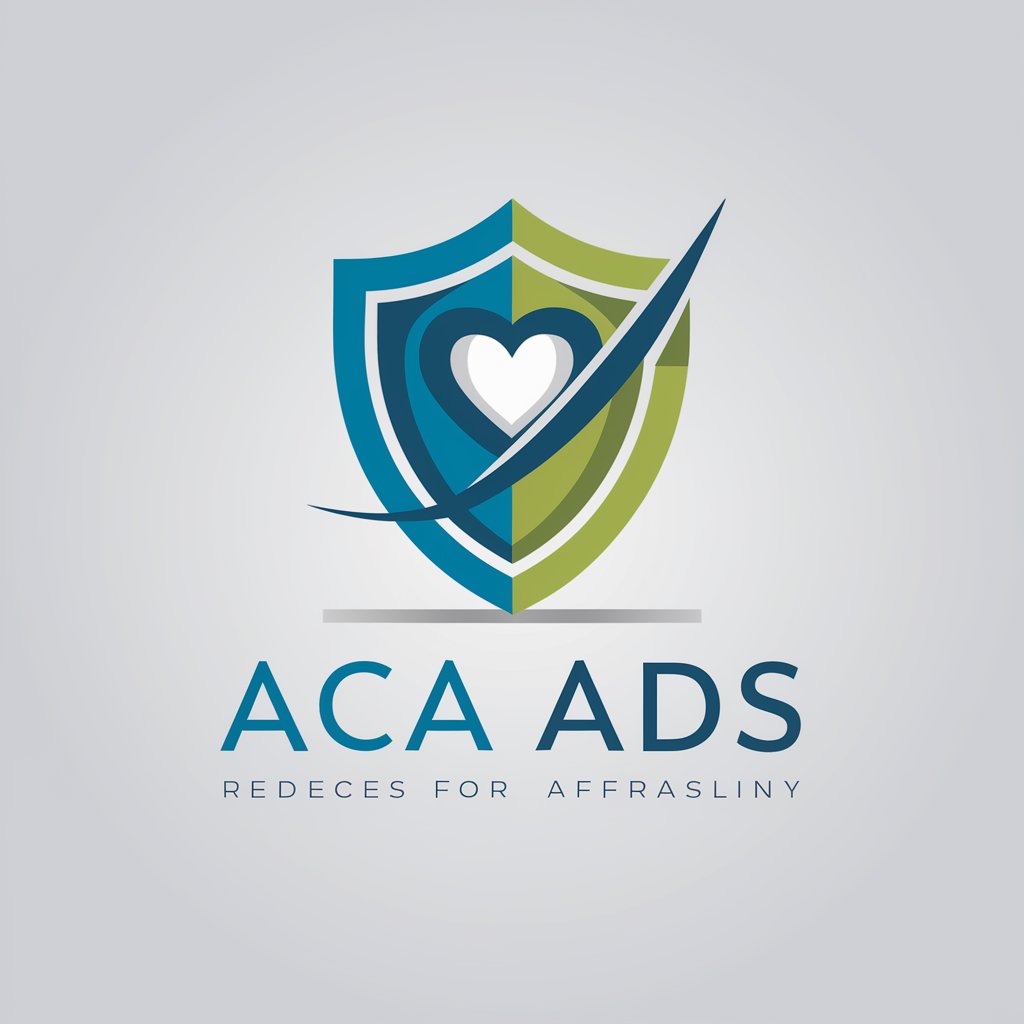
Reverence.ai
Empower Your Brand with AI Influencers
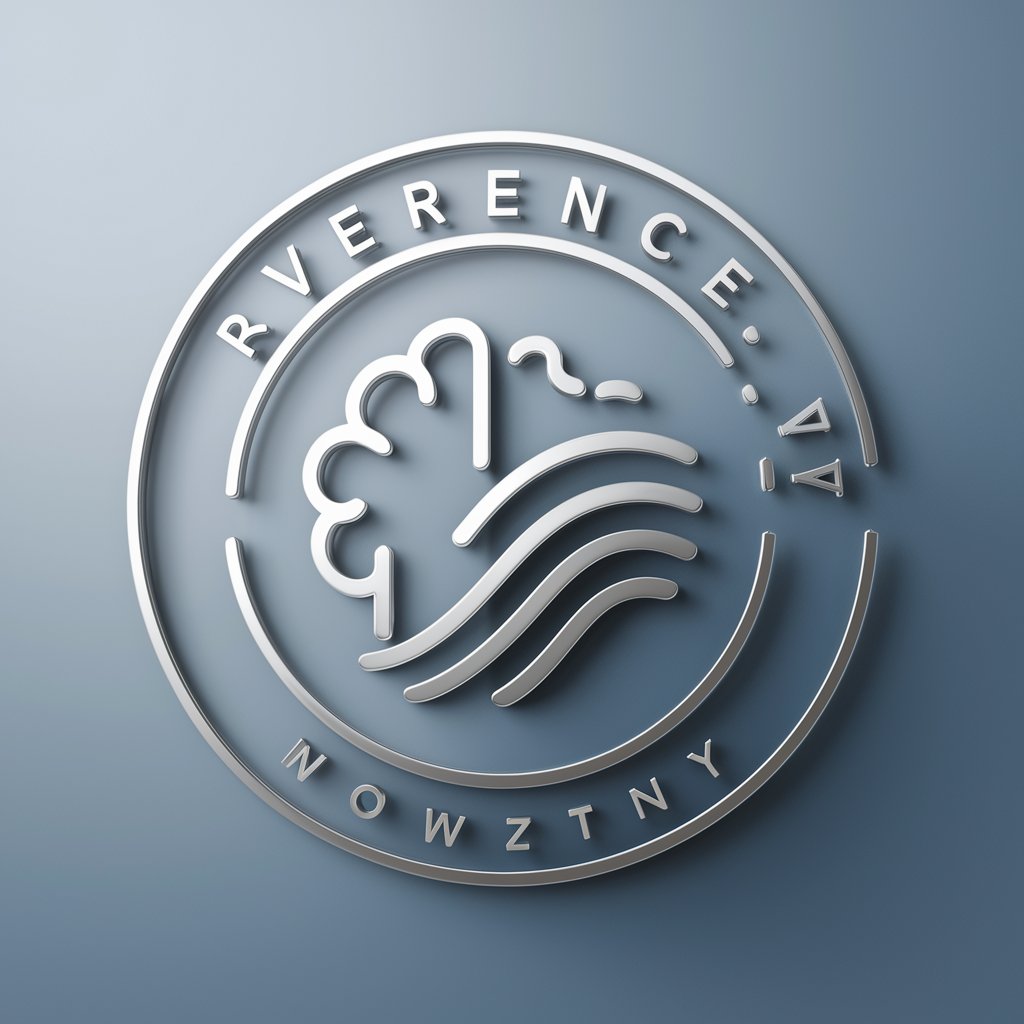
Vision Engineer Expert
Empowering vision with AI-driven solutions

GuruHotel
Empowering Hoteliers with AI-Driven Insights

Scholar Engineer
Empowering Academic Excellence with AI

Editorial Eye 头条
Elevate Your Writing with AI Insights
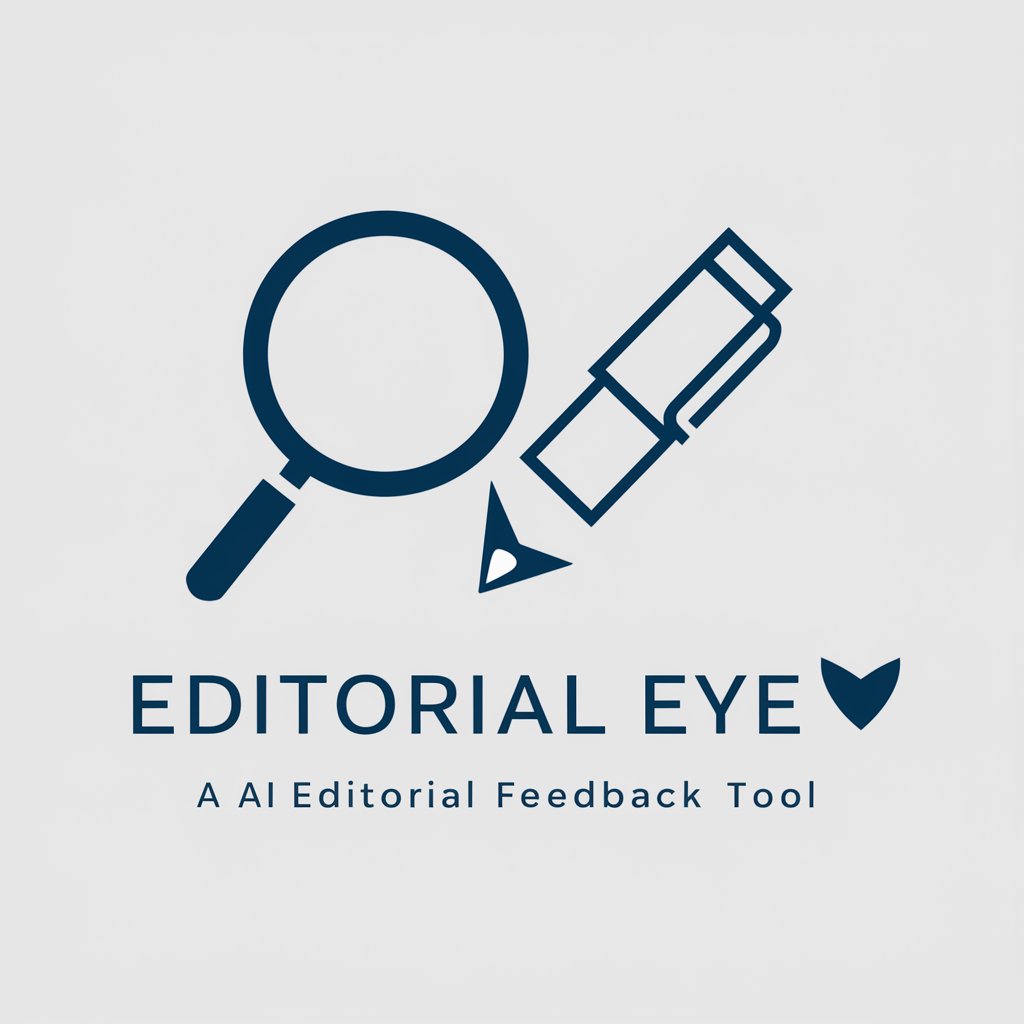
Book Insighter
Empowering Readers with AI-Driven Book Insights
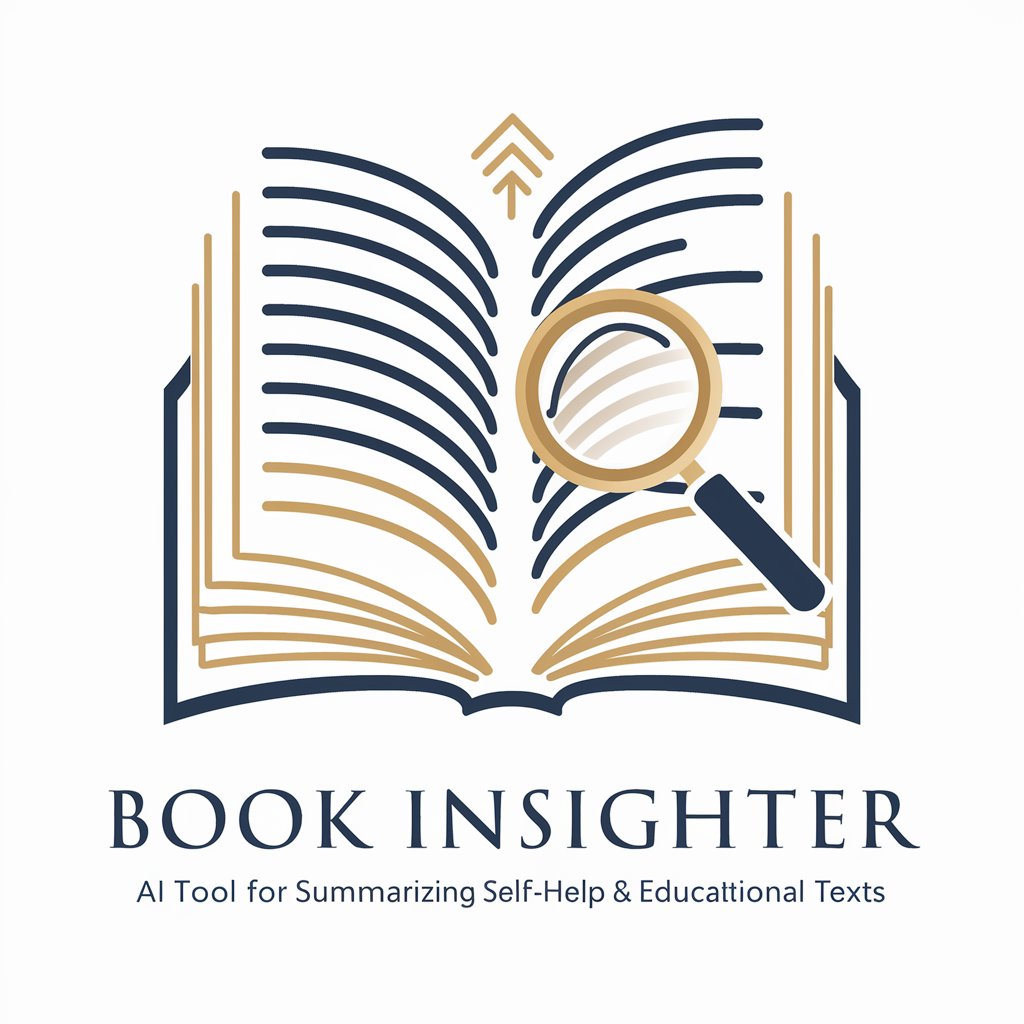
Listing Wizard
Maximize Your Home's Value with AI

Detailed Q&A on Either-or Questions with Blanks
What are either-or questions with blanks?
Either-or questions with blanks are a form of interactive content that presents users with a sentence or statement containing a blank space. Users must choose between two provided options to correctly fill in the blank, enhancing engagement and learning.
How can either-or questions with blanks improve learning?
These questions enhance learning by promoting active engagement, critical thinking, and decision-making. They encourage learners to analyze context clues and apply knowledge to select the correct option, thereby solidifying understanding and recall.
What are some common use cases for either-or questions with blanks?
Common use cases include language learning, test preparation, decision-making exercises, and engaging content in educational technology. They are versatile tools for educators, content creators, and businesses seeking to enhance interactivity and learning outcomes.
Can either-or questions with blanks be customized for different difficulty levels?
Yes, they can be tailored to various difficulty levels by adjusting the complexity of the text, the subtlety of the distinctions between options, and the context required to determine the correct answer. This makes them suitable for a wide range of audiences and objectives.
What tips can enhance the effectiveness of either-or questions with blanks?
For optimal effectiveness, ensure questions are clear, contextually relevant, and appropriately challenging. Incorporate feedback loops for refinement, use diverse and engaging content, and align questions with the learning objectives or decision-making goals of your audience.
